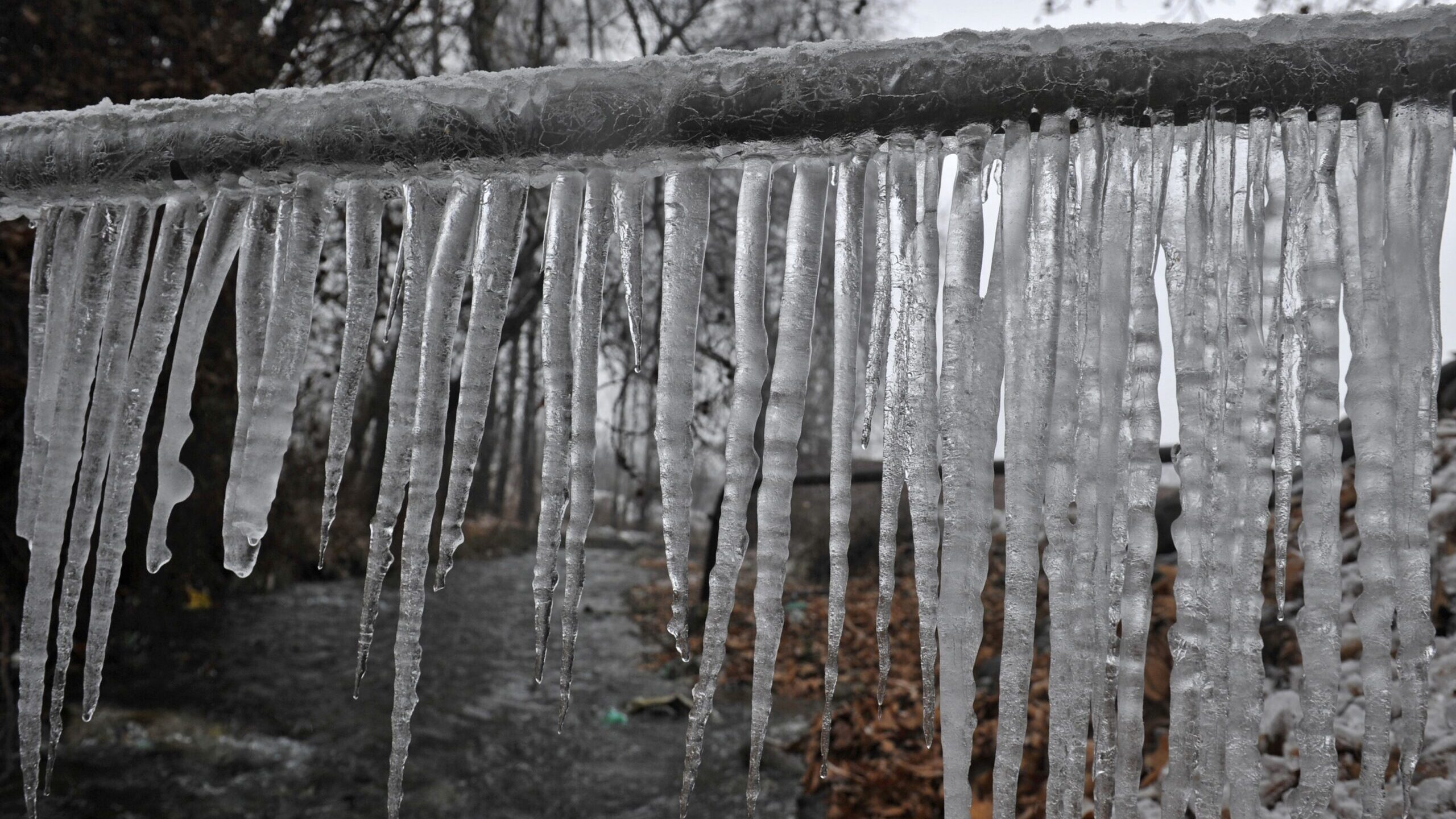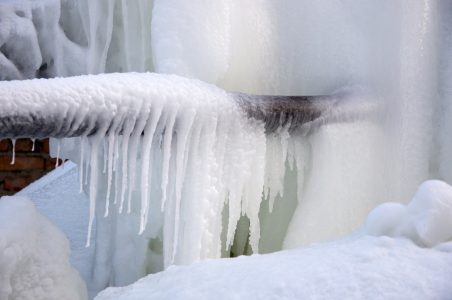Avoid Frozen Plumbing in Cold Weather: Pro Strategies
Avoid Frozen Plumbing in Cold Weather: Pro Strategies
Blog Article
The publisher is making several great pointers on 6 Ways to Prevent Frozen Pipes in general in this article following next.

Cold weather can ruin your plumbing, specifically by freezing pipes. Below's exactly how to prevent it from occurring and what to do if it does.
Introduction
As temperatures decrease, the risk of frozen pipelines increases, possibly bring about costly repair work and water damage. Recognizing how to avoid icy pipelines is crucial for property owners in cool environments.
Recognizing Icy Pipelines
What creates pipelines to ice up?
Pipelines ice up when revealed to temperature levels listed below 32 ° F (0 ° C) for prolonged durations. As water inside the pipelines freezes, it expands, putting pressure on the pipeline wall surfaces and possibly triggering them to break.
Risks and problems
Frozen pipes can bring about water system disruptions, home damages, and costly repair work. Ruptured pipelines can flood homes and cause comprehensive architectural damage.
Signs of Frozen Water Lines
Determining frozen pipelines early can avoid them from rupturing.
How to identify icy pipes
Look for reduced water circulation from faucets, unusual smells or noises from pipes, and visible frost on revealed pipelines.
Avoidance Tips
Insulating vulnerable pipes
Cover pipes in insulation sleeves or utilize warm tape to secure them from freezing temperatures. Concentrate on pipelines in unheated or external areas of the home.
Home heating strategies
Maintain indoor areas effectively heated, particularly areas with plumbing. Open closet doors to permit cozy air to flow around pipelines under sinks.
Securing Outside Plumbing
Yard pipes and outdoor taps
Separate and drain garden hoses before winter. Set up frost-proof faucets or cover outside faucets with protected caps.
What to Do If Your Pipelines Freeze
Immediate activities to take
If you presume frozen pipelines, keep faucets available to relieve stress as the ice melts. Use a hairdryer or towels taken in hot water to thaw pipes slowly.
Long-Term Solutions
Architectural changes
Take into consideration rerouting pipelines away from outside wall surfaces or unheated locations. Include additional insulation to attics, basements, and crawl spaces.
Updating insulation
Buy premium insulation for pipes, attic rooms, and walls. Correct insulation assists maintain regular temperatures and decreases the risk of frozen pipelines.
Conclusion
Stopping icy pipes requires proactive actions and quick actions. By comprehending the reasons, signs, and safety nets, homeowners can safeguard their plumbing during winter.
6 Proven Ways to Prevent Frozen Pipes and Protect Your Home
Disconnect and Drain Garden Hoses
Before winter arrives, start by disconnecting your garden hoses and draining any remaining water. Close the shut-off valves that supply outdoor hose bibs and leave the outdoor faucet open to allow any residual water to drain. For extra protection, consider using faucet covers throughout the colder months. It’s also important to drain water from any sprinkler supply lines following the manufacturer’s directions.
Insulate Exposed Pipes
Insulating your pipes is an effective way to prevent freezing. Pipe insulation is readily available at home improvement stores and is relatively inexpensive. Pay close attention to pipes in unheated areas such as the attic, basement, crawl spaces, or garage. Apply foam insulation generously to create a buffer against the cold. You can also wrap your pipes in heat tape or thermostat-controlled heat cables for added warmth.
Seal Air Leaks
Inspect your home for any cracks or openings that could let in cold air. Seal any holes around the piping in interior or exterior walls, as well as the sill plates where your home rests on its foundation. Additionally, make sure to keep your garage door closed unless you’re entering or exiting. Leaving it open creates a significant air leak that can lead to frozen pipes.
Allow Warm Air Circulation
During cold snaps, it’s essential to allow warm air to circulate evenly throughout your home. Leave interior doors ajar to promote better airflow. Open kitchen and bathroom cabinets to help distribute heat consistently around the rooms. If you have small children or pets, be sure to remove any household chemicals or potentially harmful cleaners from open cabinets for safety.
Let Faucets Drip
A small trickle of water can make a big difference in preventing ice formation inside your pipes. When temperatures drop significantly, start a drip of water from all faucets served by exposed pipes. This continuous flow helps prevent the water from freezing. Additionally, running a few faucets slightly can relieve pressure inside the pipes, reducing the chances of a rupture if the water inside does freeze.
https://choateshvac.com/6-proven-ways-to-prevent-frozen-pipes-and-protect-your-home/

I found that blog post about Helpful Tips to Prevent Frozen Pipes this Winter when doing a lookup on the web. So long as you liked our article kindly be sure to share it. Thanks for your time. Revisit us soon.
Book An Appointment Report this page